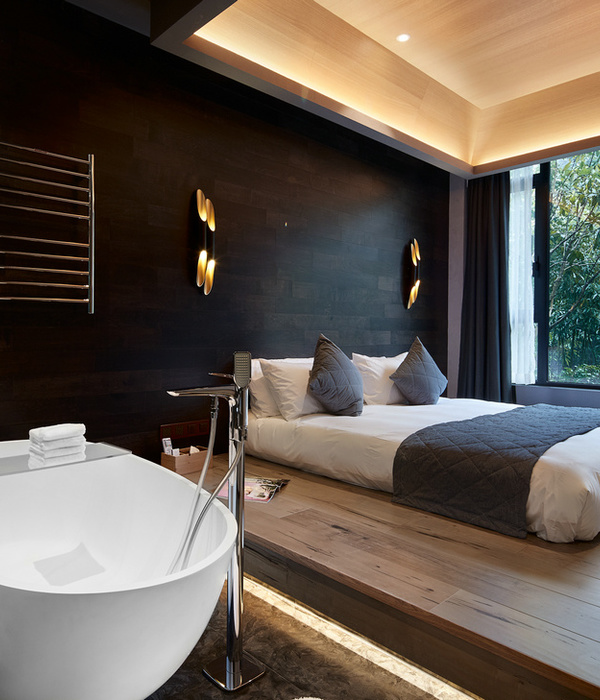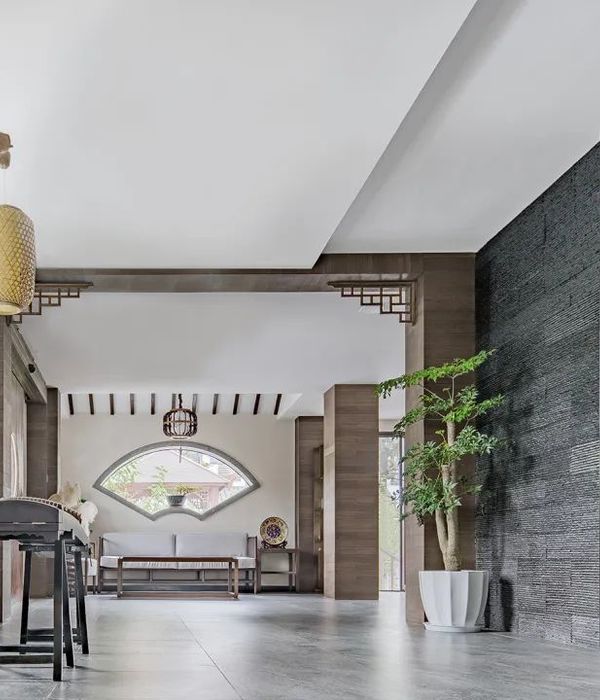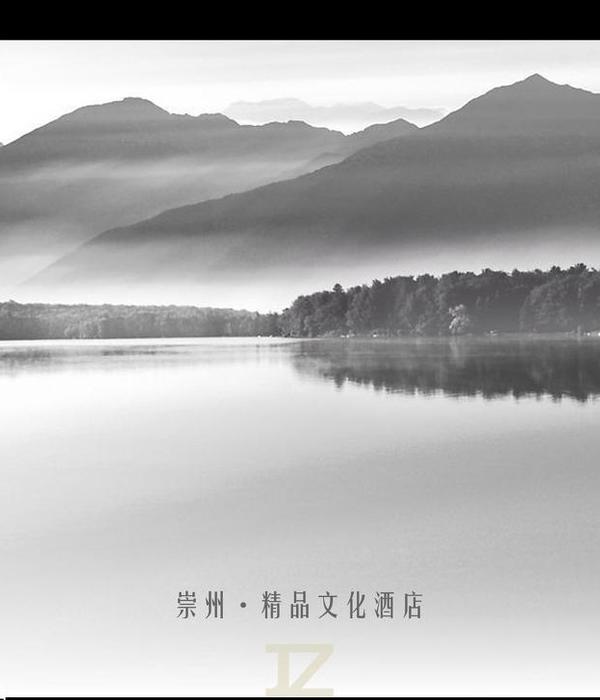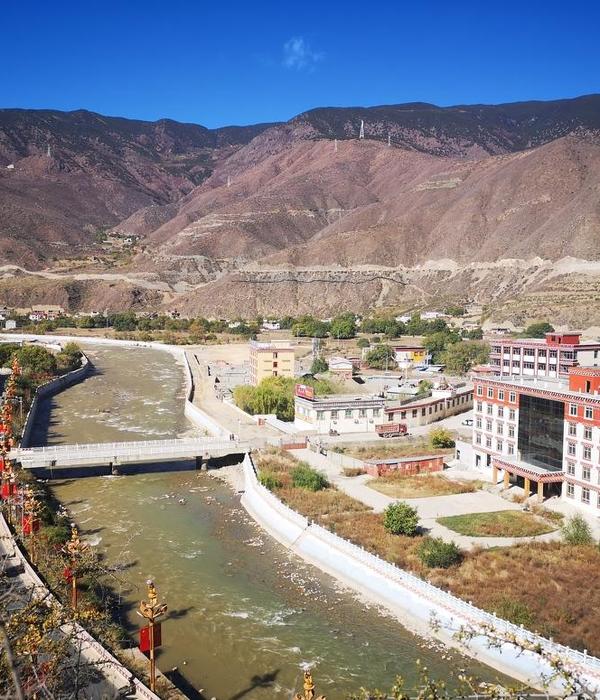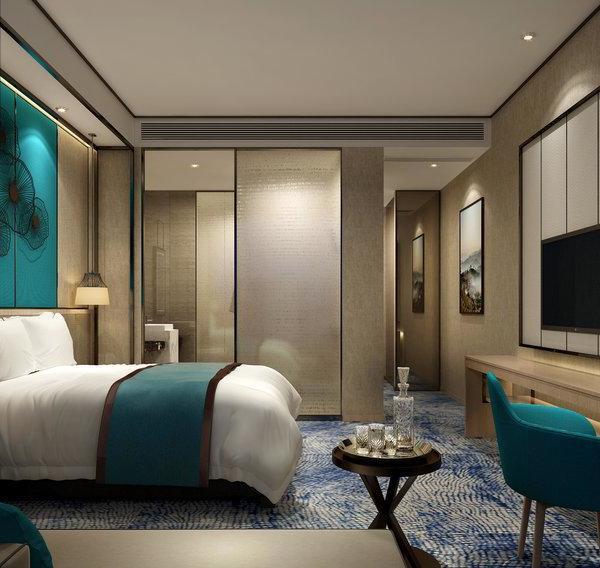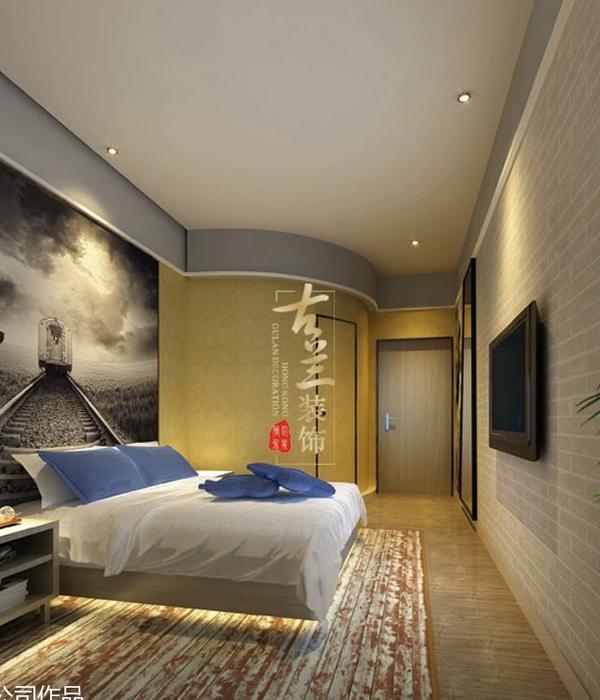Firm: Störmer Murphy and Partners
Type: Commercial › Office
YEAR: 2005
The attempt to optimally react to the heterogeneous urban structure of the Köln-Braunsfeld district, has generated the idea to structure the newly built extension for the headquarters of Deutsche Krankenversicherung (DKV) in three building parts.
Two bar buildings facing each other with a reversely inclined attic descending from 7 to 5 storeys have been arranged to naturally guide the visitor arriving on Scheidtweilerstraße across the forecourt and into the building complex. Both building bars are interlinked via cross-bars on two to three storeys, in order to provide a functional as well as internal circulation. This zoning creates three generous inner courtyards, which increases the spatial quality as well as the orientation in the complex. The ensemble terminates in the north with a fourteen-storied office tower. The roof of the tower is distinguished by a strong gesture and can be considered as a dialogue between two architectural eras, the new building on Scheidtweilerstraße and the original company building on Aachener Straße. With the varied number of storeys of the single buildings parts it is possible to mediate between the different heights of the surrounding. The reverse staggering of the bar buildings with a north-south orientation additionally generates an exciting interplay, which is emphasised by the different façade materials. Whilst the westerly bar with its stone façade and the clearly structured building corners has a rather hard and closed appearance, the eastern bar with a glazed façade and rounded corners appears soft and open, thus reinforcing the inviting gesture of the shift in the urban fabric.
The office tower, as connecting element, is designed with a scaled façade from vertical ventilation louvers made of coloured anodised aluminium. According to the position of the viewer, the scaled structure changes the appearance of the façade. Therefore it is the varied building heights as well as the different façade designs, which form the response to the heterogeneous environment. The new ensemble and the existing main building of DKV on Aachener Straße are linked via a tunnel for pedestrians and internal transportation of goods. The staff restaurant is located between the main axes in one of the three courtyards. Spanned by the glass roof of the two cross-bars, the canteen is a bright space immersed in light, which becomes the core of the ensemble.
In combination with the realisation of the new Regent Hotel at the corner Scheidtweilerstraße/Melatengürtel, this DKV extension project means the beginning of an urban redevelopment process for Köln-Braunsfeld. This renewal is necessary to face the requirements of an economically successful location. The newly built headquarters had to fulfil different precepts in its design. Amongst them was the planning of a maximum flexibility even for the change of use due to separate tenants at a later date. Therefore, the seven cores, which are reached via a controlled access from the central entrance hall, can also be considered as individual address along the main axes.
The notion, to integrate the theme art in the surrounding circulation, has been consistently realised: the selection of five artists took place in a small-scale competition. One of the main axis now holds a 50-metre long work by Hiroyuki Masuayama, which depicts a world trip. A large work by Bogomir Ecker “die 7 Sinne” has been installed underneath the glass roof in the staff restaurant. Harald Fuchs, Andreas Kaufmann and Bettina Pousttchi have each installed a DKV-related artwork. A wonderful light installation has been realised by Brigitte Kawane from Vienna in the connecting tunnel.
{{item.text_origin}}

